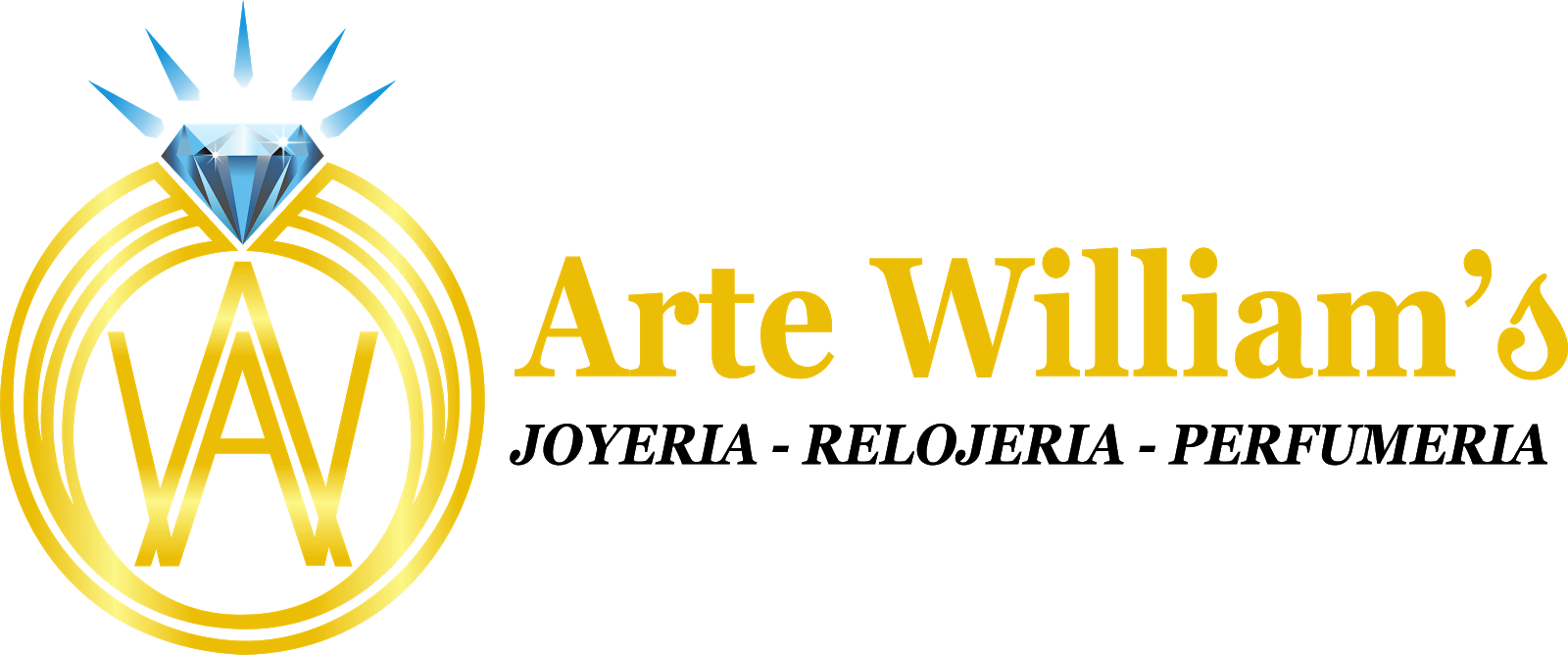In examining the structure and management of this esteemed athletic association, one can appreciate the intricate framework that governs its operation. Effective administration is fundamental to ensuring that all activities align with the objectives and aspirations of the members, fostering community spirit and athletic excellence.
Central to this framework are the club responsibilities, encompassing a range of duties from fostering talent to promoting community engagement. Each role within the organization contributes to creating an environment where athletes can thrive, and supporters can actively participate in local sports initiatives.
By prioritizing transparent governance practices, the club establishes trust among its stakeholders, enhancing collaboration and shared purpose. This cooperative approach not only strengthens internal dynamics but also solidifies the club’s position within the wider community, showcasing its commitment to athletic development and social responsibility.
Analyzing Club’s Leadership Structure and Roles
Governance within this athletic organization is a critical factor contributing to its functionality and growth. The administrative framework is designed to ensure that each component operates cohesively towards common objectives. Key positions within the hierarchy include the president, vice president, treasurer, and secretary, each fulfilling specific duties that enhance overall performance.
Board members play an integral role in steering policies, managing resources, and maintaining effective communication with stakeholders. Their collective expertise enables the entity to navigate challenges while implementing strategic initiatives tailored to the community’s needs. Regular meetings foster collaboration, ensuring that all voices are heard and considered in decision-making processes.
Furthermore, the leadership’s commitment to transparency builds trust among fans and participants. By outlining roles and responsibilities clearly, it creates an environment where accountability thrives, ultimately benefiting the entire organization. Each member’s contribution is essential for cultivating a thriving atmosphere that supports athletic excellence and community engagement.
Exploring Community Engagement and Youth Programs
Community involvement plays a pivotal role in shaping the identity and values of any athletic association. At this club, various initiatives are designed to create connections between the institution and local residents, empowering individuals through participation in diverse activities.
One significant aspect of these efforts includes youth programs aimed at nurturing the next generation of athletes. These initiatives provide opportunities for young individuals to engage in physical activities, develop new skills, and foster a sense of teamwork. By offering training sessions and competitive events, the club encourages personal growth and instills the importance of discipline and dedication.
Board members actively oversee these programs, ensuring they align with the institution’s broader goals and community expectations. Their governance allows for the consideration of feedback from parents and participants, creating an inclusive environment where everyone’s voice is valued. This collaborative approach helps address club responsibilities and ensures the sustainability of these youth initiatives.
Moreover, outreach activities extend beyond the immediate members. The club engages in partnerships with local schools and community organizations, promoting sportsmanship and healthy living. By organizing workshops and community events, they highlight the significance of athletic participation while nurturing relationships within the neighborhoods.
Through impactful initiatives, the organization not only enhances its reputation but also strengthens community bonds, ensuring that sport plays a fundamental role in bringing people together.
Evaluating Financial Management Practices in the Club
Sound financial stewardship is pivotal in shaping a successful athletic institution. Adequate management of resources ensures sustainability and fosters growth. Therefore, the financial oversight undertaken by board members plays a significant role in aligning club responsibilities with strategic objectives.
Key elements in assessing financial practices include:
- Budgeting: Formulating accurate budgets allows for efficient allocation of funds across various initiatives and programs.
- Fundraising: Engaging with the community and local businesses stimulates support through sponsorships and donations.
- Financial Reporting: Transparency in financial statements enhances trust among stakeholders and assists in tracking performance.
Governance structures are integral in monitoring financial activities. Regular meetings and audits ensure accountability among the board members, fostering a culture of responsibility. It is also critical to have skilled individuals who understand financial complexities, enabling sound decision-making for the organization’s future.
Engaging with supporters and creating partnerships with local enterprises can significantly boost revenues. Through these practices, the club not only secures its financial health but also strengthens its ties within the community, thereby enhancing its overall mission.
For further information about ongoing initiatives and developments, you can visit https://sclmarrazes.com/.
Training Methodologies and Coaching Staff
The coaching framework at this athletics institution is built on a foundation of structured methodologies designed to enhance player performance and holistic development. A range of training techniques are employed, allowing coaches to tailor their approaches according to the needs of different age groups and skill levels.
Central to these methodologies is a commitment to both physical and mental conditioning. Coaches utilize progressive drills that focus on technical skills, tactical understanding, and teamwork. This ensures that every athlete not only improves individually but also contributes positively to team dynamics.
Members of the coaching staff bring diverse experiences and qualifications to the club. They are not only skilled in strategy and game analysis but also play crucial roles in mentoring young talents. This dual responsibility enhances the quality of training while fostering a supportive environment for all athletes.
Regular evaluations and feedback sessions are a staple of the coaching process. These practices allow for transparency and foster a culture of continuous improvement, aligning with the board members’ vision of excellence and accountability in governance.
Moreover, the club takes pride in investing in the professional development of its coaches. Ongoing education ensures that staff members remain updated on the latest advancements in training techniques and sport science. This not only benefits the coaches but is also a direct advantage for the athletes under their guidance.
